12 Everyday Foods That Might Be Secretly Spiking Your Blood Sugar
In the modern dietary landscape, managing blood sugar levels is a significant concern for many individuals, especially those with diabetes or prediabetes. Yet, even for the health-conscious, some foods can insidiously disrupt blood sugar balance, leading to unexpected spikes and crashes. These fluctuations, often unnoticed, can contribute to energy slumps, mood swings, and long-term health complications. This article delves into 12 sneaky foods that may quietly send your blood sugar on a rollercoaster ride, often masquerading as healthy or benign options. By understanding these dietary pitfalls, you can make more informed choices to maintain steady blood sugar levels and overall well-being.
1. The Deceptive Nature of Whole Wheat Bread
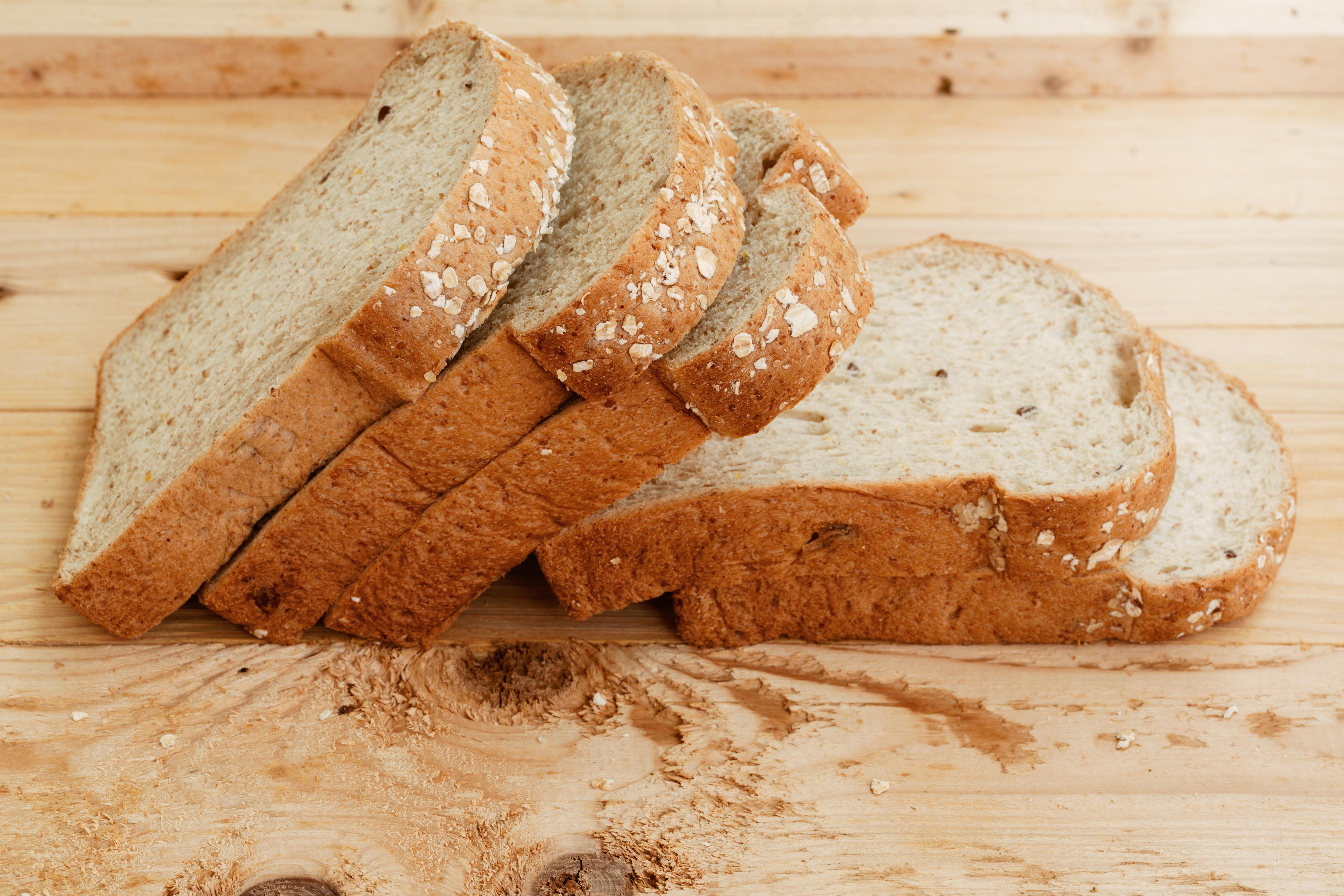
Whole wheat bread is often perceived as a healthier alternative to white bread due to its higher fiber content. However, not all whole wheat breads are created equal. Many commercial varieties contain added sugars and refined flour, which can lead to a rapid increase in blood glucose levels. The glycemic index (GI) of these breads can be surprisingly high, causing blood sugar spikes similar to those of white bread. It's essential to scrutinize ingredient labels and opt for whole grain breads with minimal additives. Choosing breads with seeds or nuts can also help moderate the glycemic response, providing a more stable energy source.
2. Flavored Yogurts: The Sugary Trap
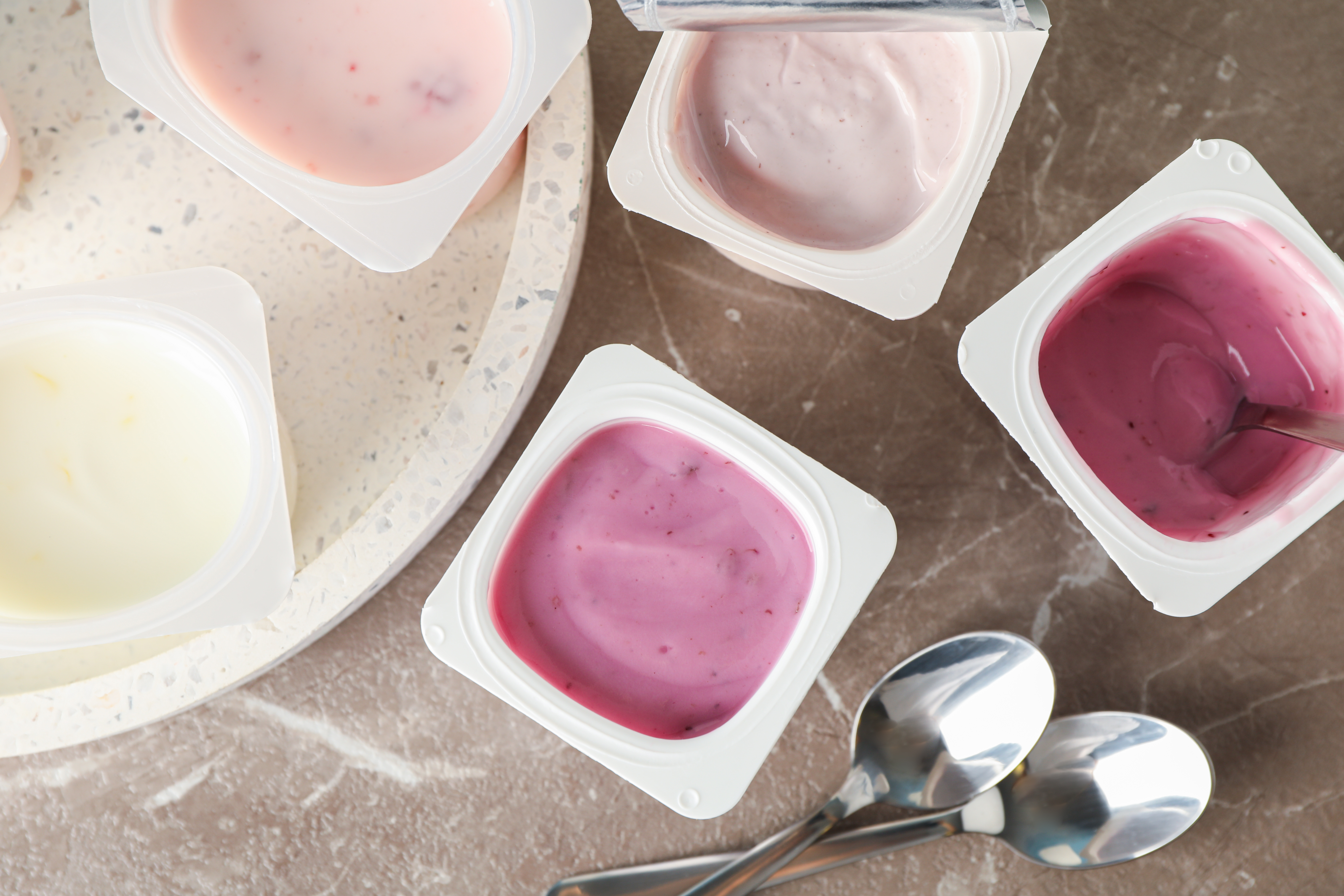
Yogurt is often celebrated for its probiotic benefits and high protein content, making it a popular choice for a healthy snack. However, flavored yogurts can be a hidden source of sugar, with some varieties containing as much sugar as a candy bar. These added sugars can cause a swift rise in blood glucose levels, negating the potential health benefits of yogurt. Opting for plain, unsweetened yogurt and adding fresh fruit or a drizzle of honey can help manage sugar intake while still enjoying a flavorful treat. Greek yogurt, in particular, offers a higher protein content, which can aid in stabilizing blood sugar.
3. Granola Bars: The Energy Spike
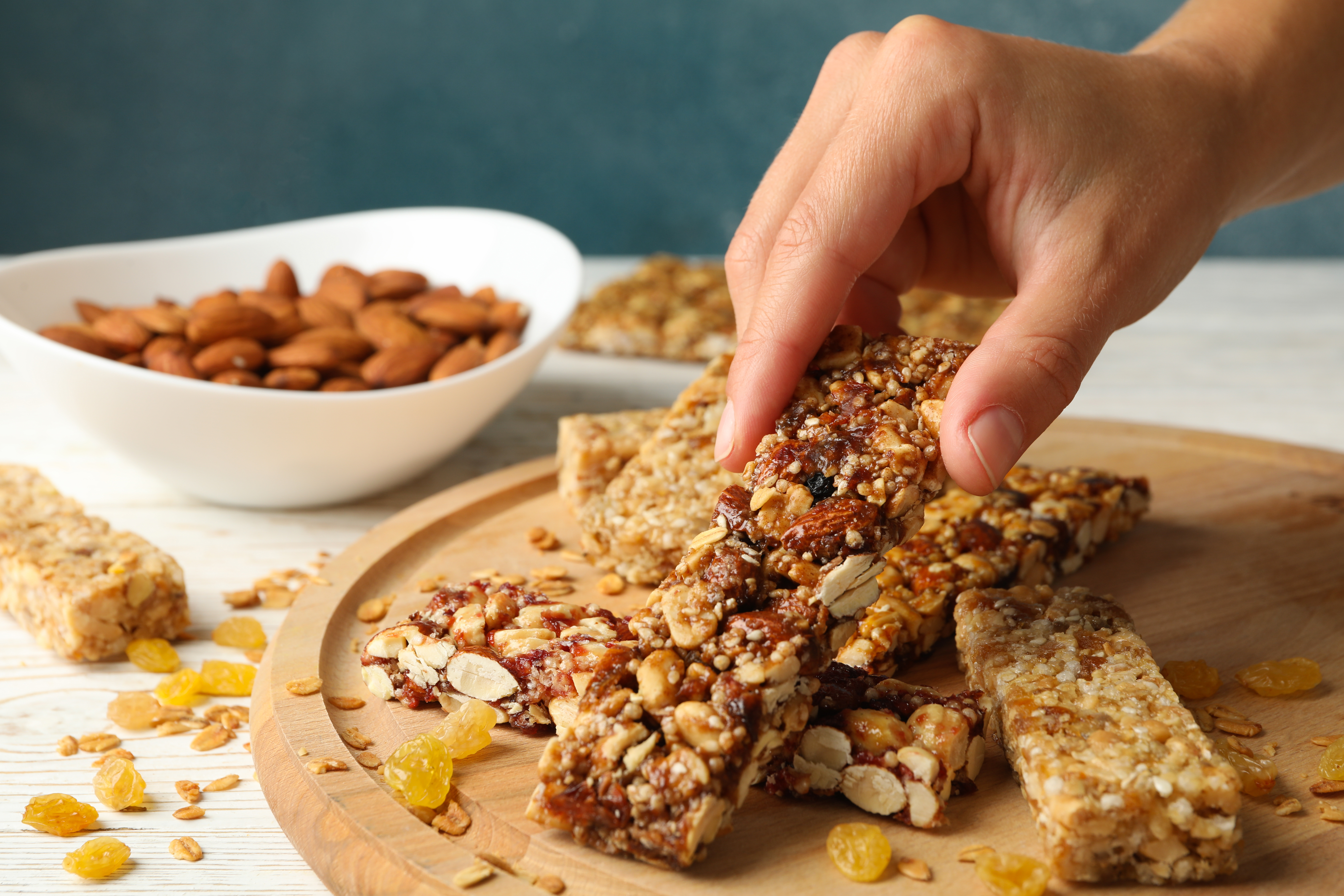
Granola bars are often marketed as a convenient and healthy snack option, perfect for on-the-go energy. However, many commercial granola bars are laden with sugars and syrups, which can lead to a rapid increase in blood sugar. The combination of refined grains and sweeteners can make these bars more akin to a dessert than a nutritious snack. When selecting granola bars, it's crucial to look for those with whole ingredients, low sugar content, and a balance of protein and fiber. Alternatively, making homemade granola bars allows for control over the ingredients, ensuring a healthier choice that supports stable blood sugar levels.
4. Fruit Juices: The Concentrated Sugar
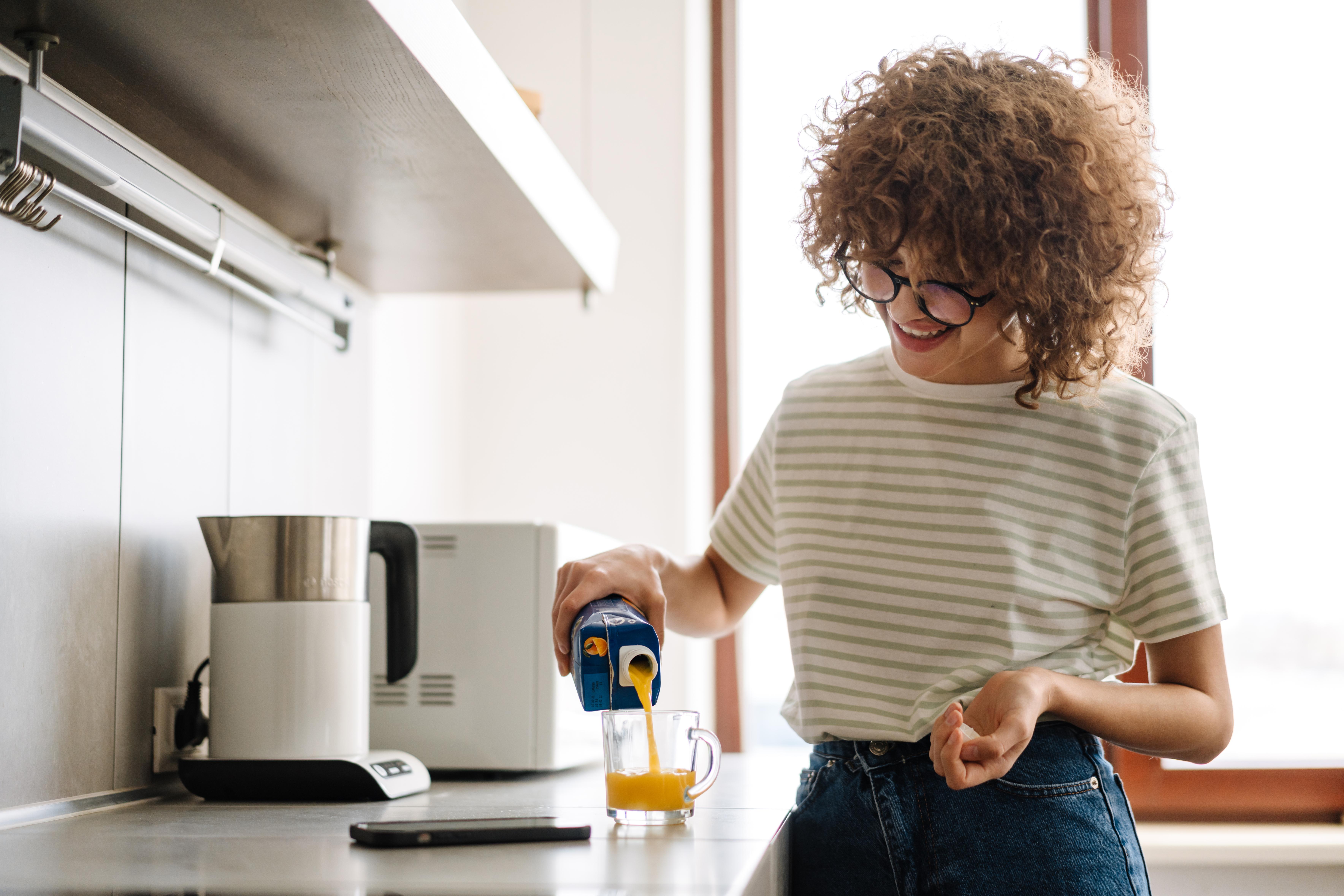
Fruit juices, even those labeled as "100% natural," can be a significant source of concentrated sugars. When fruit is juiced, the fiber is removed, leaving behind a liquid that can cause a rapid spike in blood glucose. This is particularly true for juices with added sugars or those consumed in large quantities. Whole fruits, with their natural fiber content, are a better option as they slow down the absorption of sugar into the bloodstream. If juice is preferred, diluting it with water or choosing vegetable-based juices with lower sugar content can help mitigate the impact on blood sugar levels.
5. Breakfast Cereals: The Morning Misstep
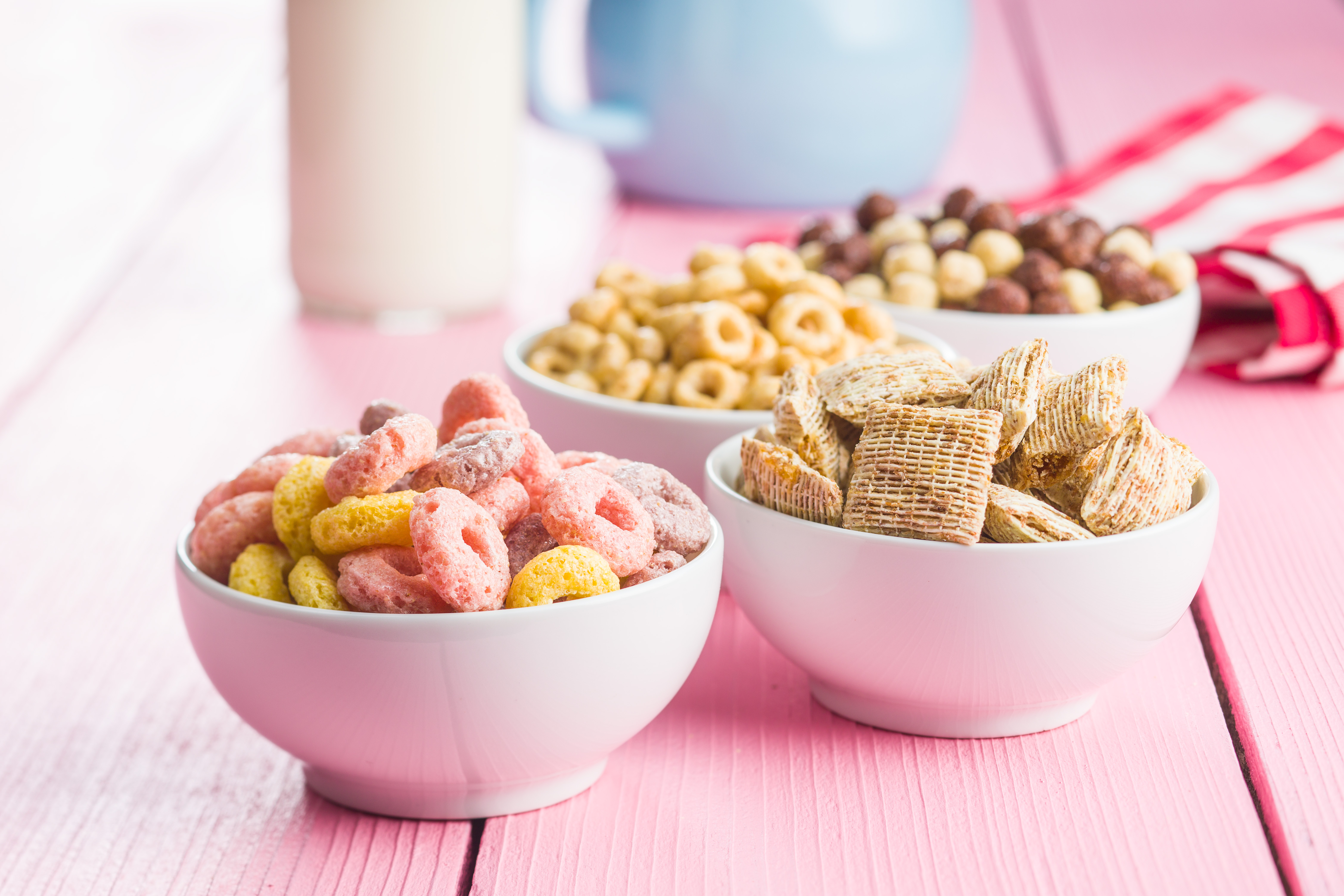
Many breakfast cereals, especially those targeted at children, are packed with sugars and refined carbohydrates. These cereals can lead to a quick rise in blood sugar, followed by a crash that leaves you feeling hungry and tired. Even cereals that claim to be "whole grain" or "fortified" can be misleading if they contain high levels of sugar. Opting for cereals with high fiber content and minimal sugar is key to maintaining steady energy levels throughout the morning. Better yet, consider alternatives like oatmeal or homemade muesli, which provide sustained energy and a more balanced blood sugar response.
6. Dried Fruits: The Sweet Surprise
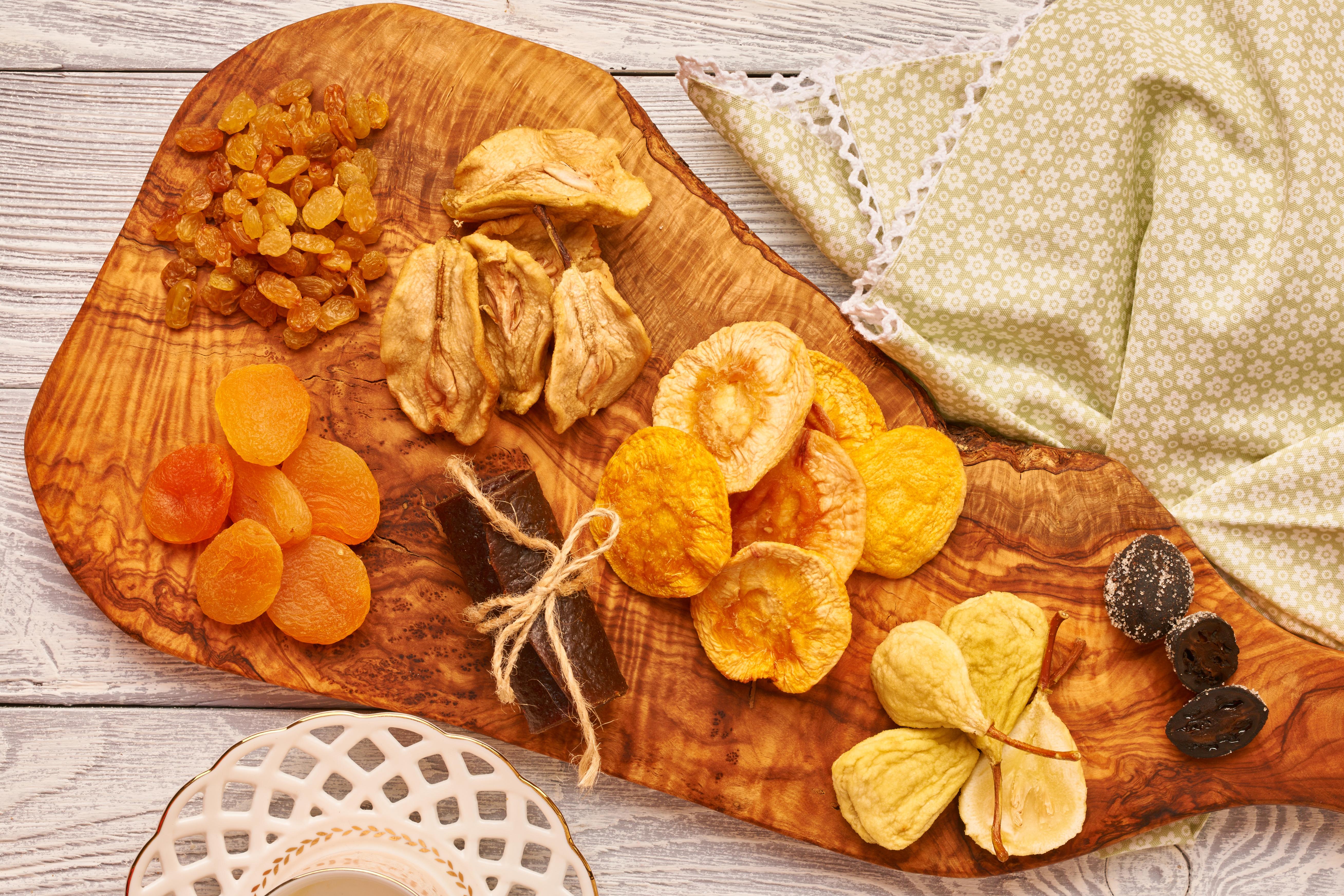
Dried fruits are often considered a healthy snack due to their nutrient density and convenience. However, the drying process concentrates the natural sugars, making them a potent source of quick-releasing carbohydrates. Some dried fruits are also coated with additional sugars or preservatives, further exacerbating their impact on blood sugar. Consuming dried fruits in moderation and pairing them with nuts or seeds can help slow down the sugar absorption. Alternatively, opting for fresh fruits provides the same nutritional benefits with a lower glycemic impact, thanks to their higher water content and natural fiber.
7. Rice Cakes: The Low-Calorie Culprit
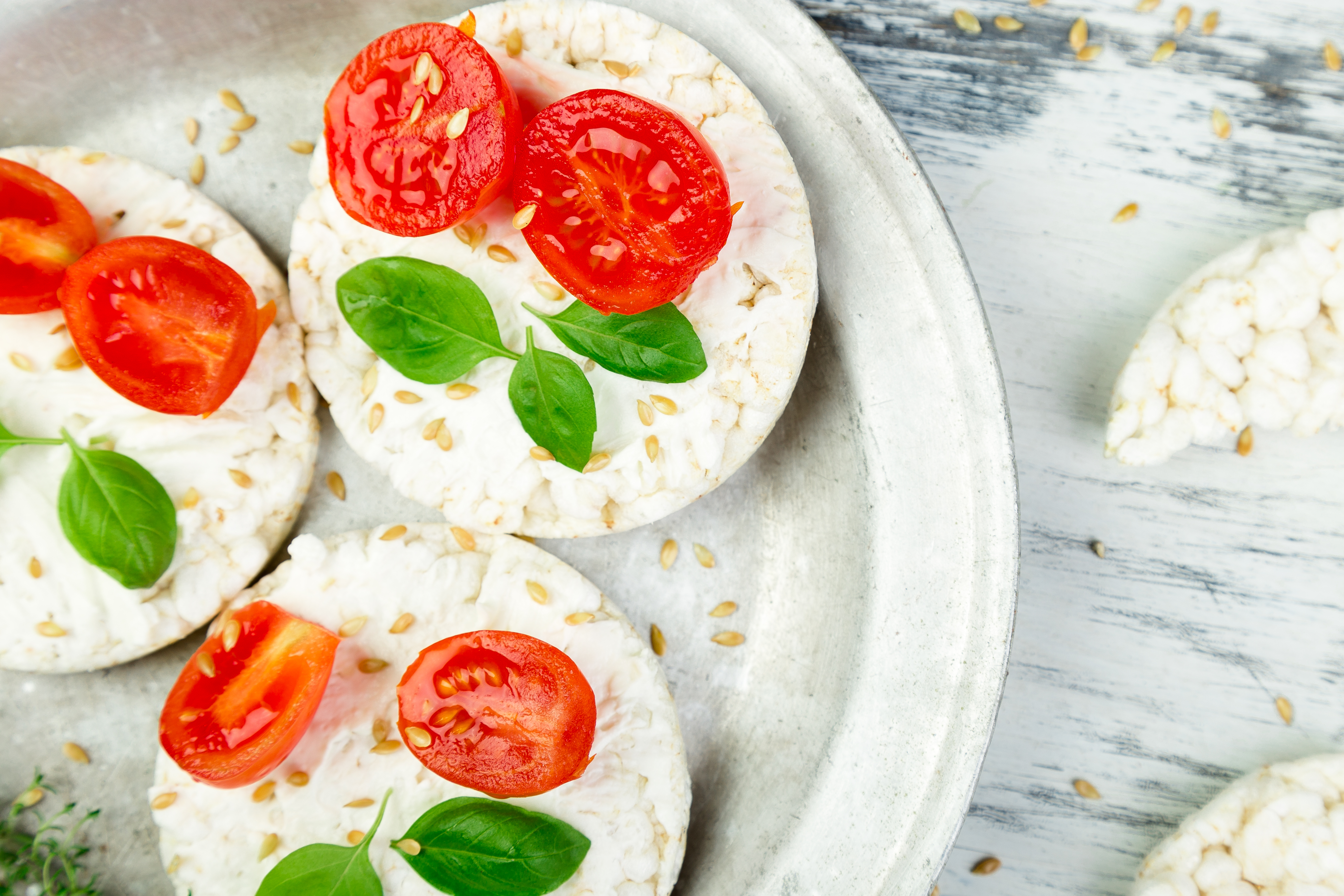
Rice cakes are often chosen as a low-calorie snack option, but they can be deceptive in their impact on blood sugar. Made primarily from puffed rice, they have a high glycemic index, meaning they can cause a rapid spike in blood glucose levels. This is particularly true for flavored varieties, which may contain added sugars or sweeteners. While they may be low in calories, rice cakes offer little nutritional value or satiety. Pairing them with protein-rich toppings, such as nut butter or hummus, can help moderate their glycemic effect and provide a more balanced snack option.
8. Instant Oatmeal: The Quick Fix with a Catch
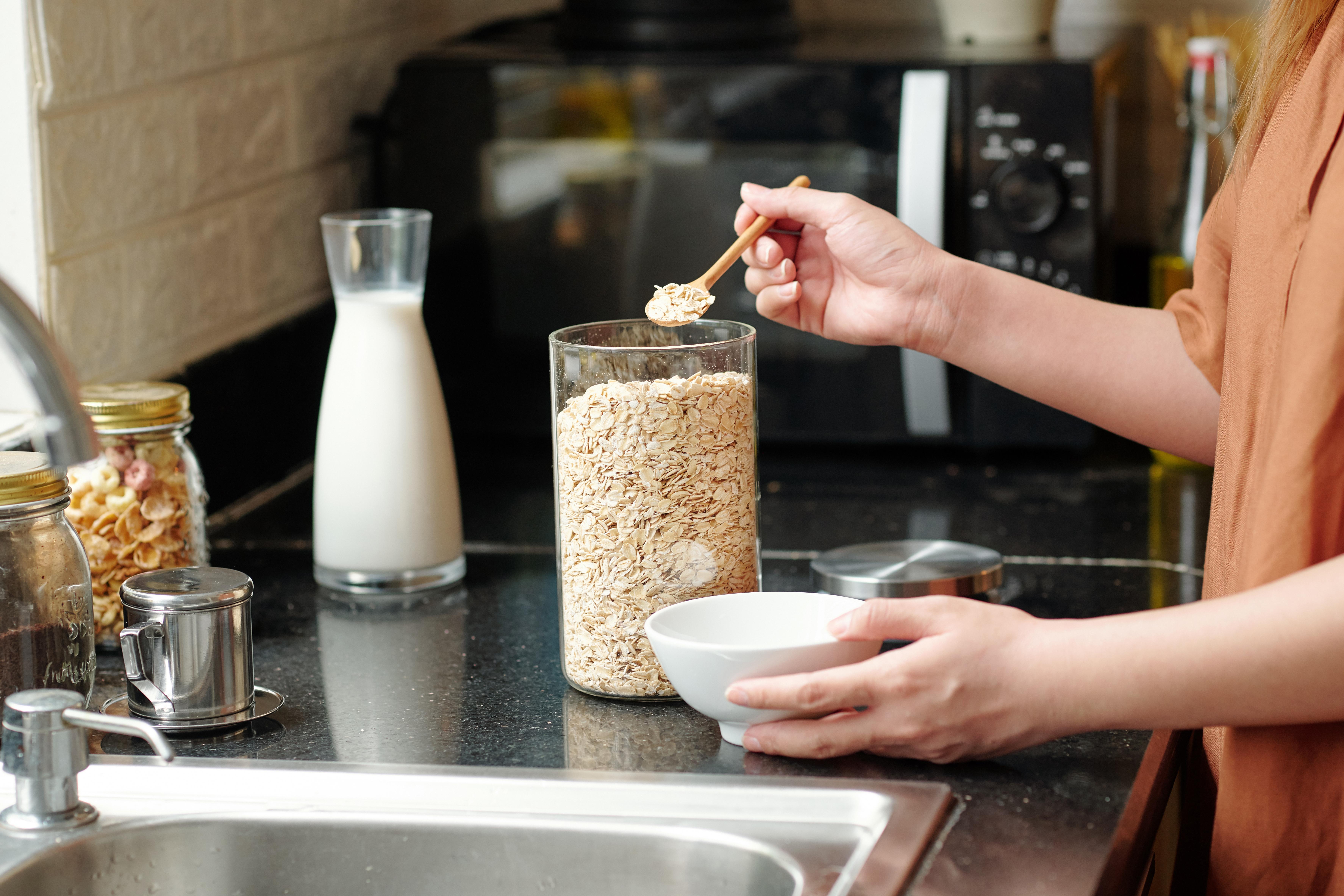
Instant oatmeal is a popular breakfast choice for its convenience and heart-healthy reputation. However, many instant oatmeal packets contain added sugars and flavorings that can lead to a quick rise in blood sugar. The processing of instant oats also reduces their fiber content, diminishing their ability to slow down sugar absorption. Choosing plain, unflavored instant oats and adding your own toppings, such as fresh fruit or nuts, can help maintain the health benefits of oatmeal without the added sugars. Alternatively, opting for steel-cut or rolled oats provides a more gradual release of energy and a lower glycemic impact.
9. Salad Dressings: The Hidden Sweeteners
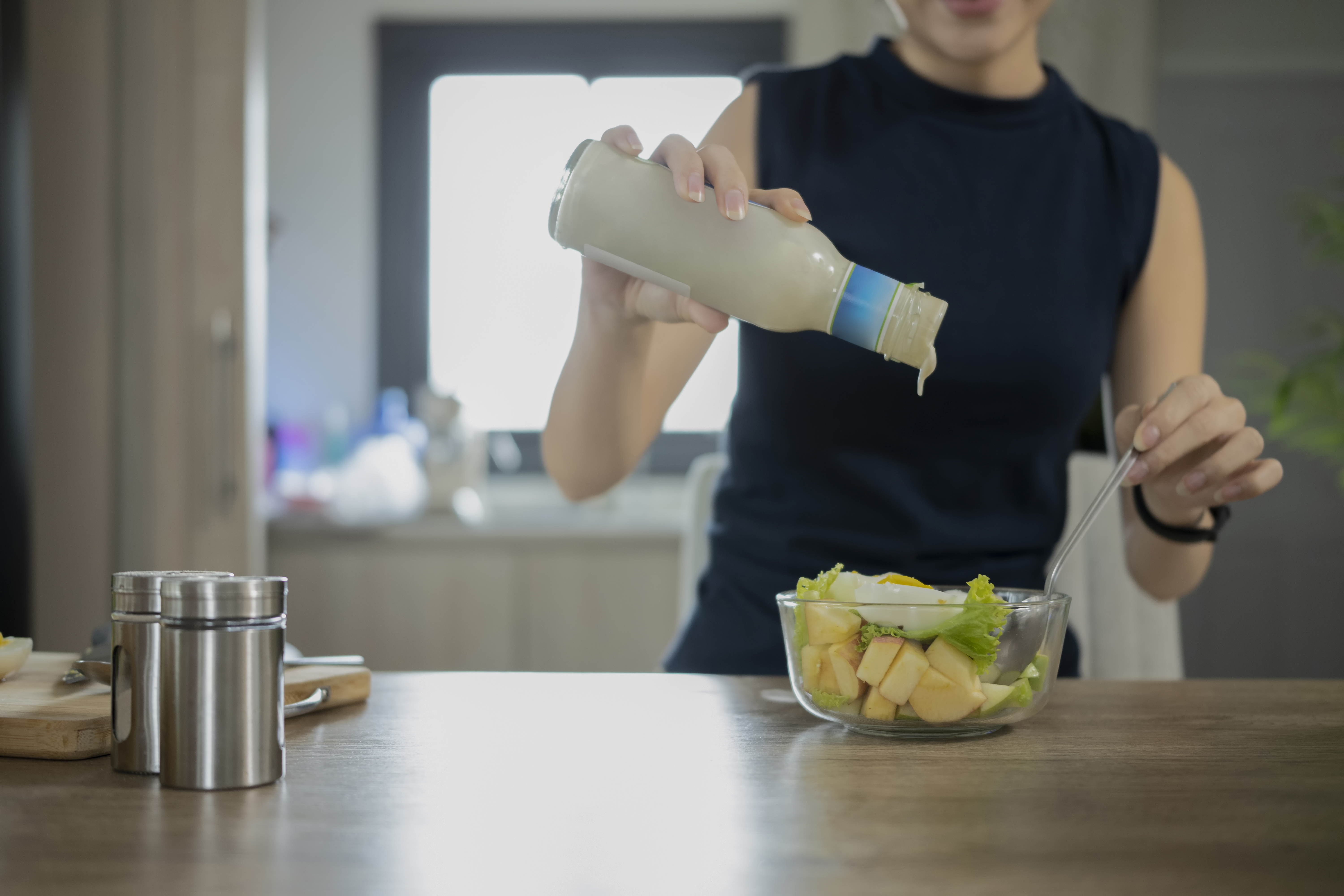
Salads are often seen as a healthy meal choice, but the dressing can make or break their nutritional value. Many commercial salad dressings, particularly those labeled as "low-fat," contain added sugars to enhance flavor. These sugars can quickly elevate blood glucose levels, counteracting the health benefits of the salad ingredients. Making your own dressing at home with vinegar, olive oil, and herbs is a simple way to control sugar content. If purchasing pre-made dressings, look for options with minimal ingredients and no added sugars to ensure your salad remains a nutritious choice.
10. Canned Soups: The Savory Saboteur
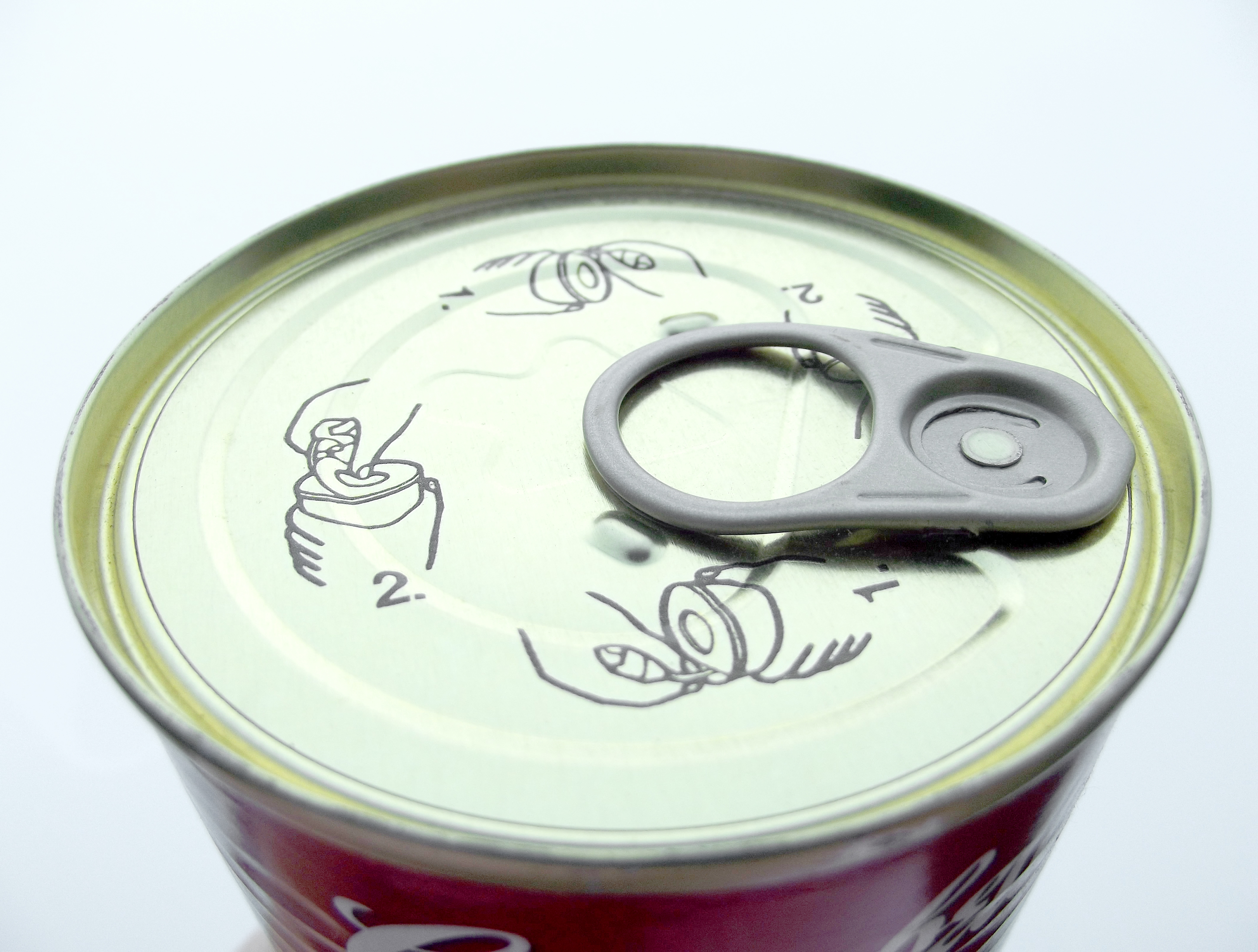
Canned soups are a convenient meal option, especially during colder months. However, many varieties contain hidden sugars and refined starches, which can contribute to blood sugar spikes. These additives are often used to enhance flavor and texture, particularly in "light" or "reduced-fat" options. Reading labels carefully and choosing soups with whole ingredients and no added sugars can help mitigate their impact on blood glucose. Alternatively, preparing homemade soups allows for complete control over the ingredients, ensuring a nutritious meal that supports stable blood sugar levels.
11. Sports Drinks: The Hydration Hindrance
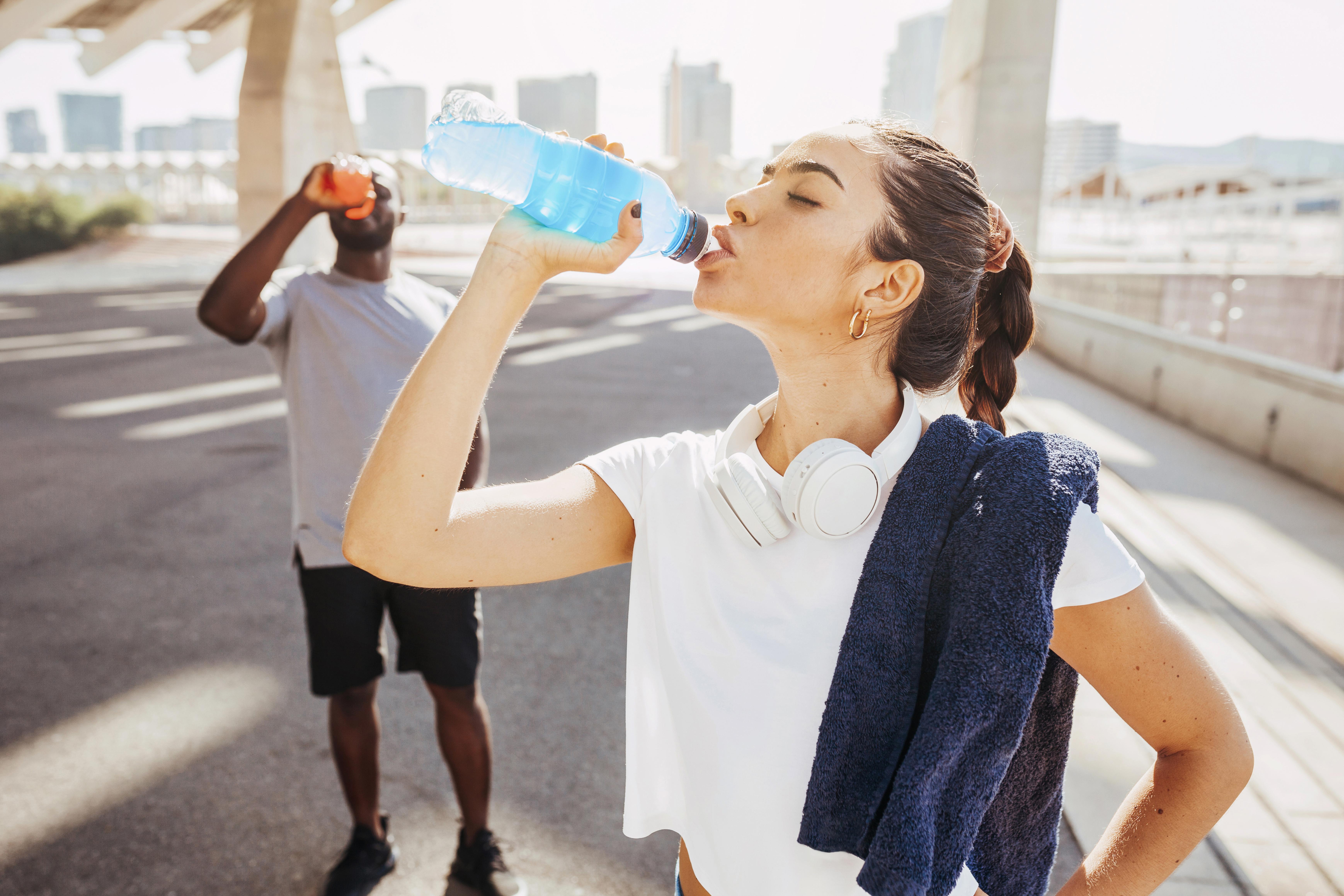
Sports drinks are designed to replenish electrolytes and provide energy during intense physical activity. However, they are often high in sugars, making them unnecessary for most casual exercisers. The sugar content can lead to a quick rise in blood glucose, which may not be beneficial unless you're engaging in prolonged, high-intensity exercise. For most people, water is sufficient for hydration, and consuming whole foods post-exercise can provide the necessary nutrients without the added sugars. If an electrolyte boost is needed, consider low-sugar options or natural sources like coconut water.
12. Gluten-Free Products: The Misleading Label
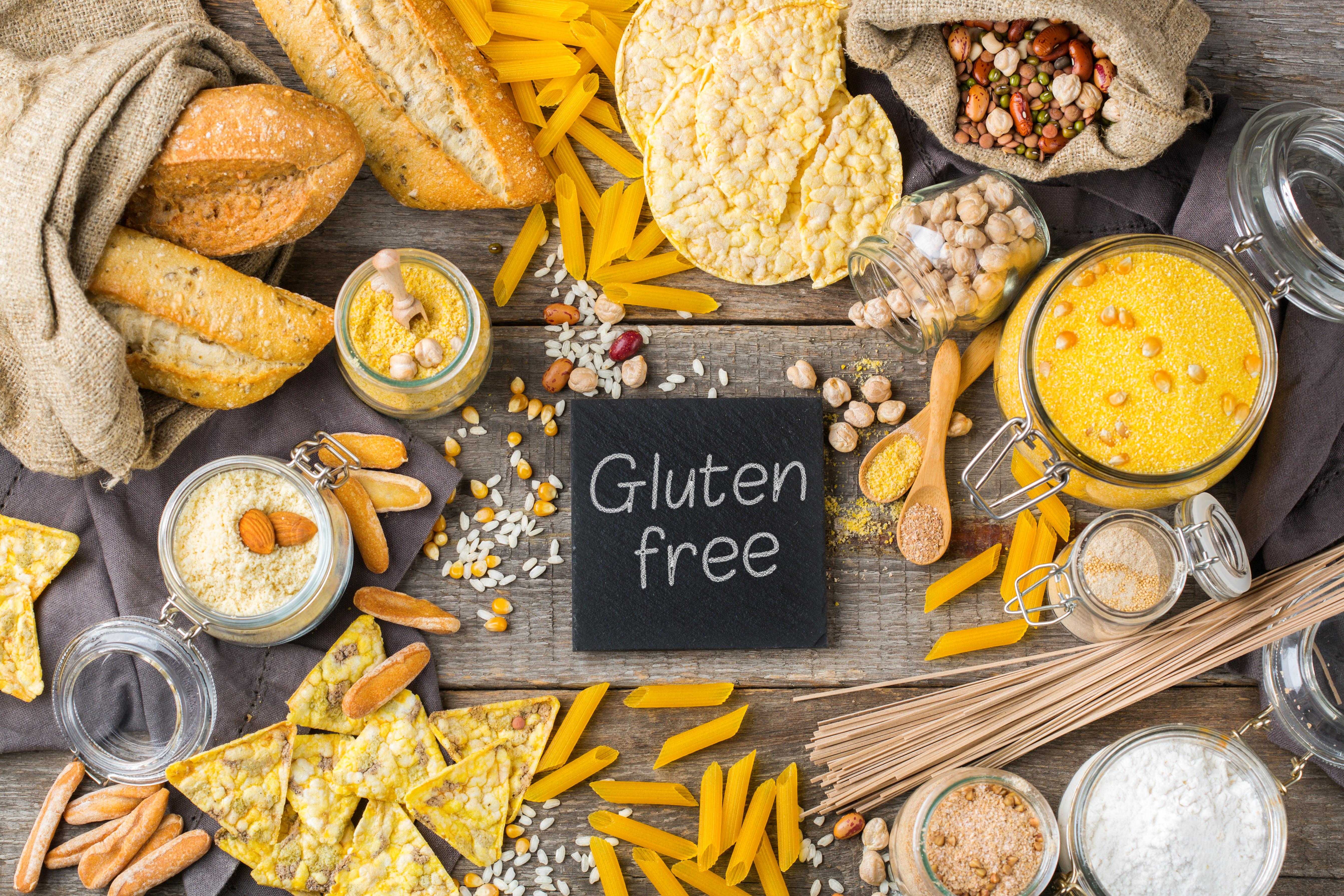
With the rise in gluten-free diets, many assume that gluten-free products are inherently healthier. However, these products can often contain high levels of sugar and refined starches to compensate for the absence of gluten. These ingredients can lead to rapid blood sugar spikes, similar to their gluten-containing counterparts. When choosing gluten-free foods, it's important to focus on whole, unprocessed options and read labels carefully to avoid unnecessary sugars. Incorporating naturally gluten-free foods, such as quinoa, brown rice, and legumes, can provide a more balanced nutritional profile and help maintain stable blood sugar levels.
Navigating the Blood Sugar Landscape

Understanding the hidden sugars and refined carbohydrates in seemingly healthy foods is crucial for managing blood sugar levels effectively. By identifying these sneaky culprits, you can make more informed dietary choices that support long-term health and stability. Opting for whole, unprocessed foods and being mindful of ingredient labels are key strategies in maintaining a balanced diet. As you navigate the complex world of nutrition, remember that small changes can have a significant impact on your overall health and well-being. Empowered with this knowledge, you can take control of your diet and avoid the blood sugar rollercoaster.